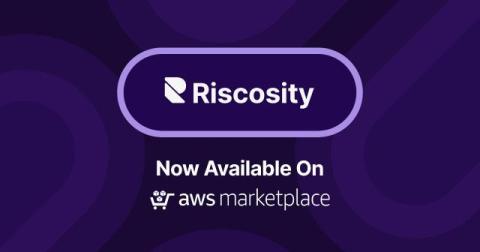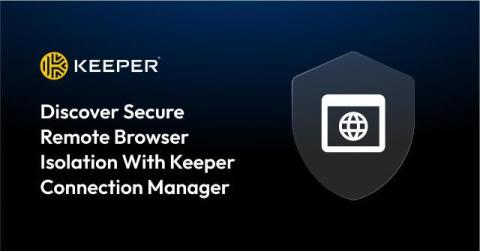Riscosity Is Now Available on the AWS Marketplace
Starting today, Riscosity is available on AWS Marketplace, a digital catalog of software listings from independent software vendors that makes finding, testing, buying and deploying software that runs on Amazon Web Services (AWS) simple. This new partnership enables companies using AWS cloud services to easily purchase a Riscosity license directly from the marketplace, streamlining risk management and the deployment of Riscosity into their current security stack.











